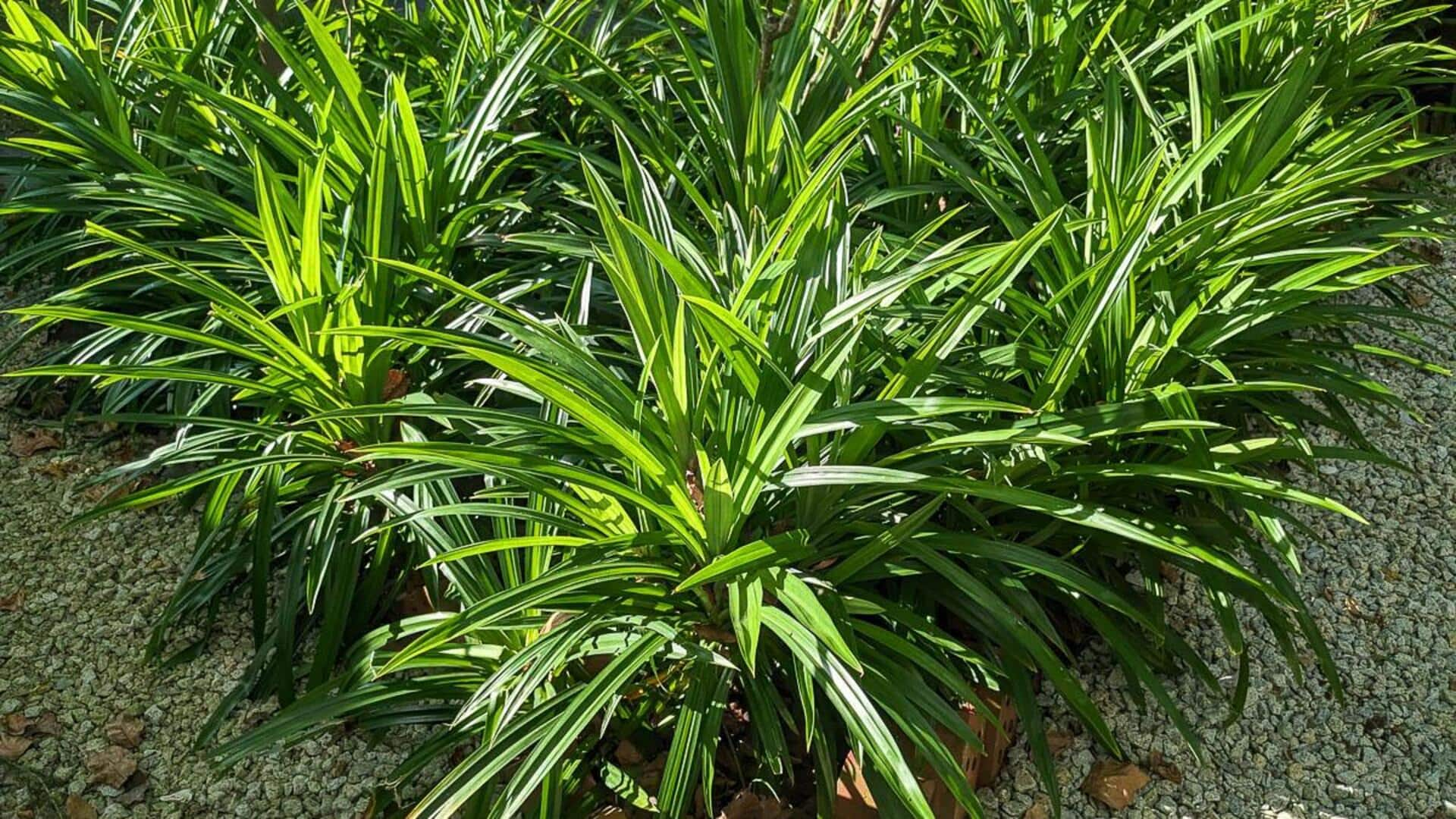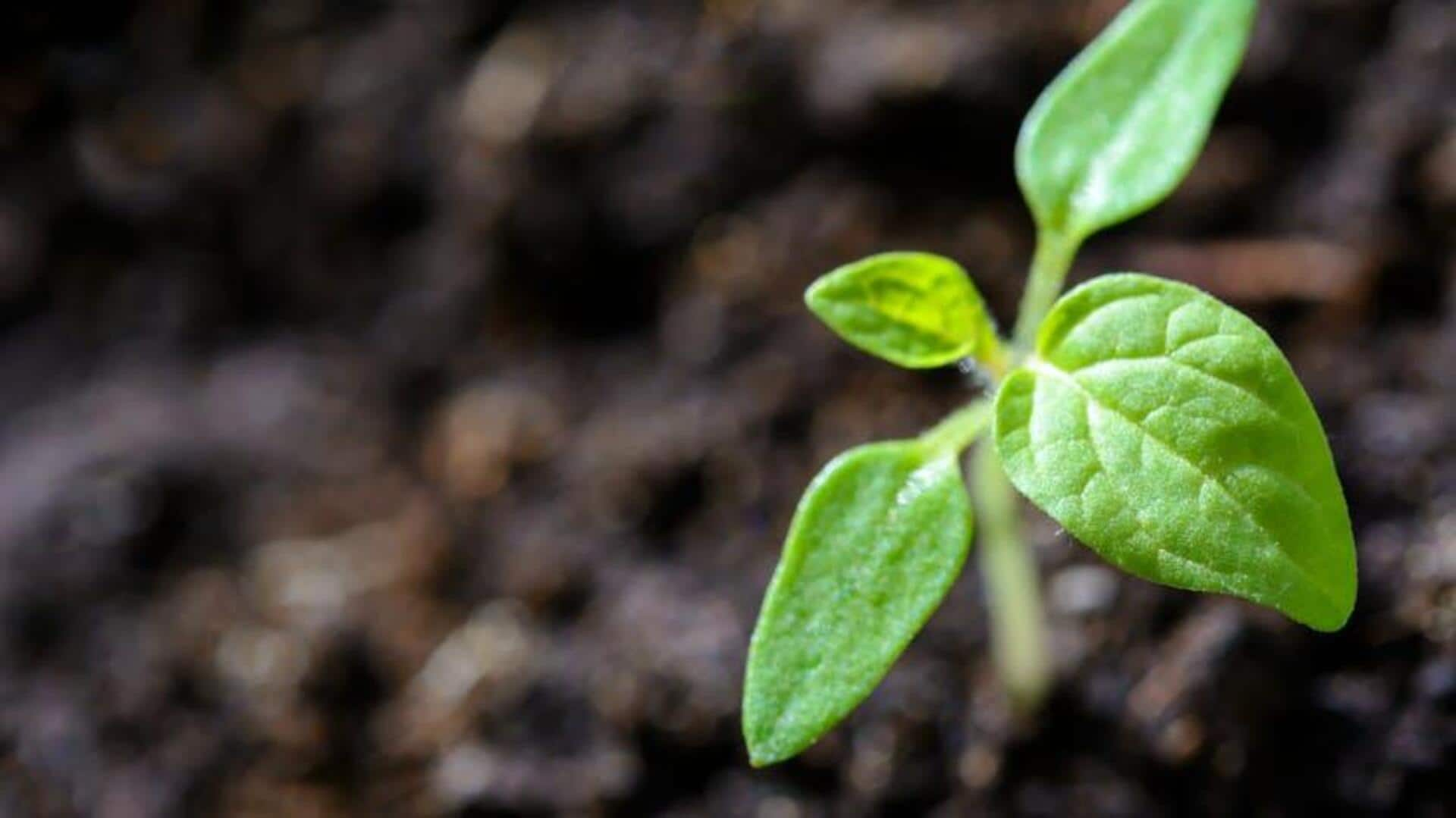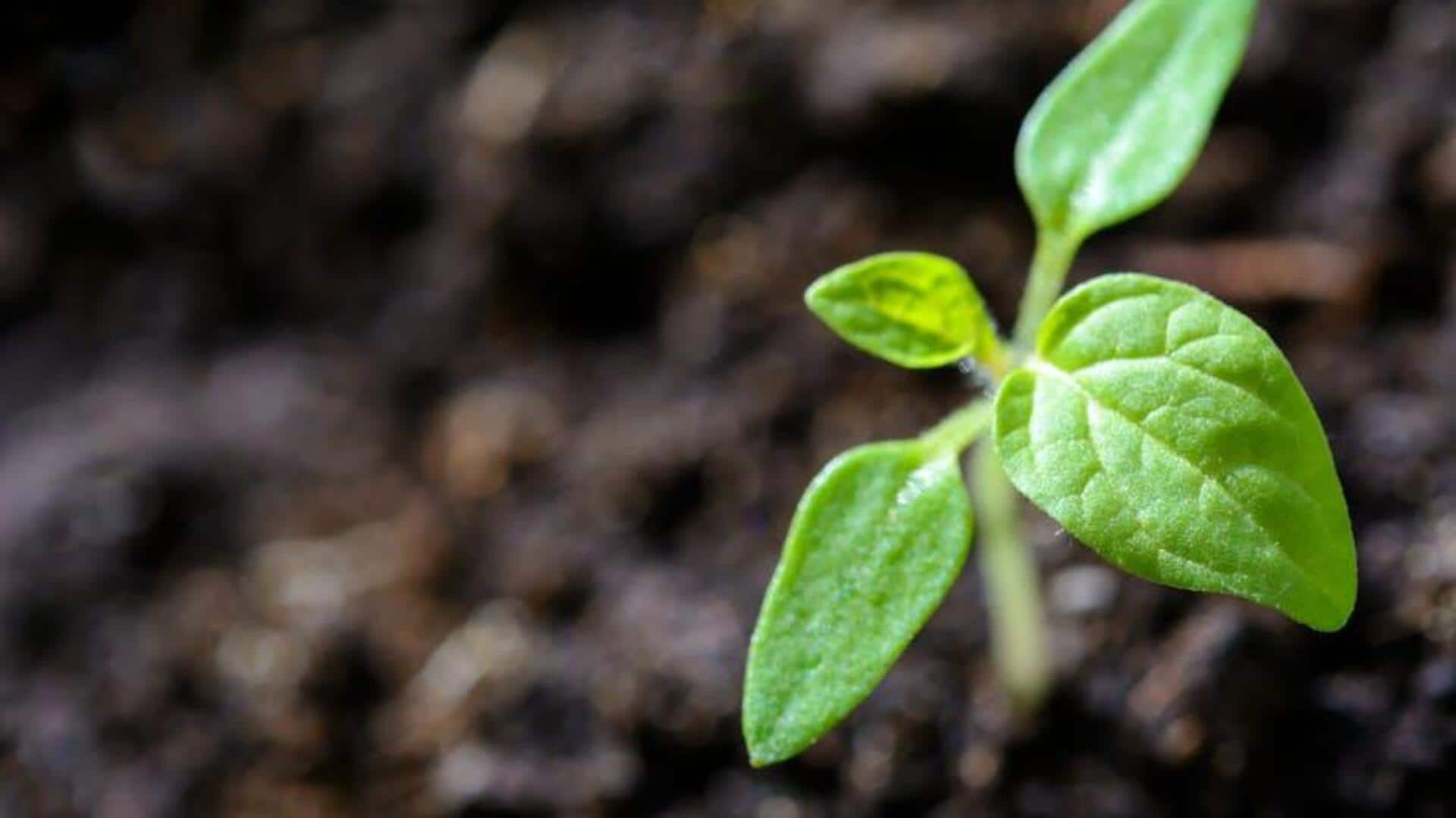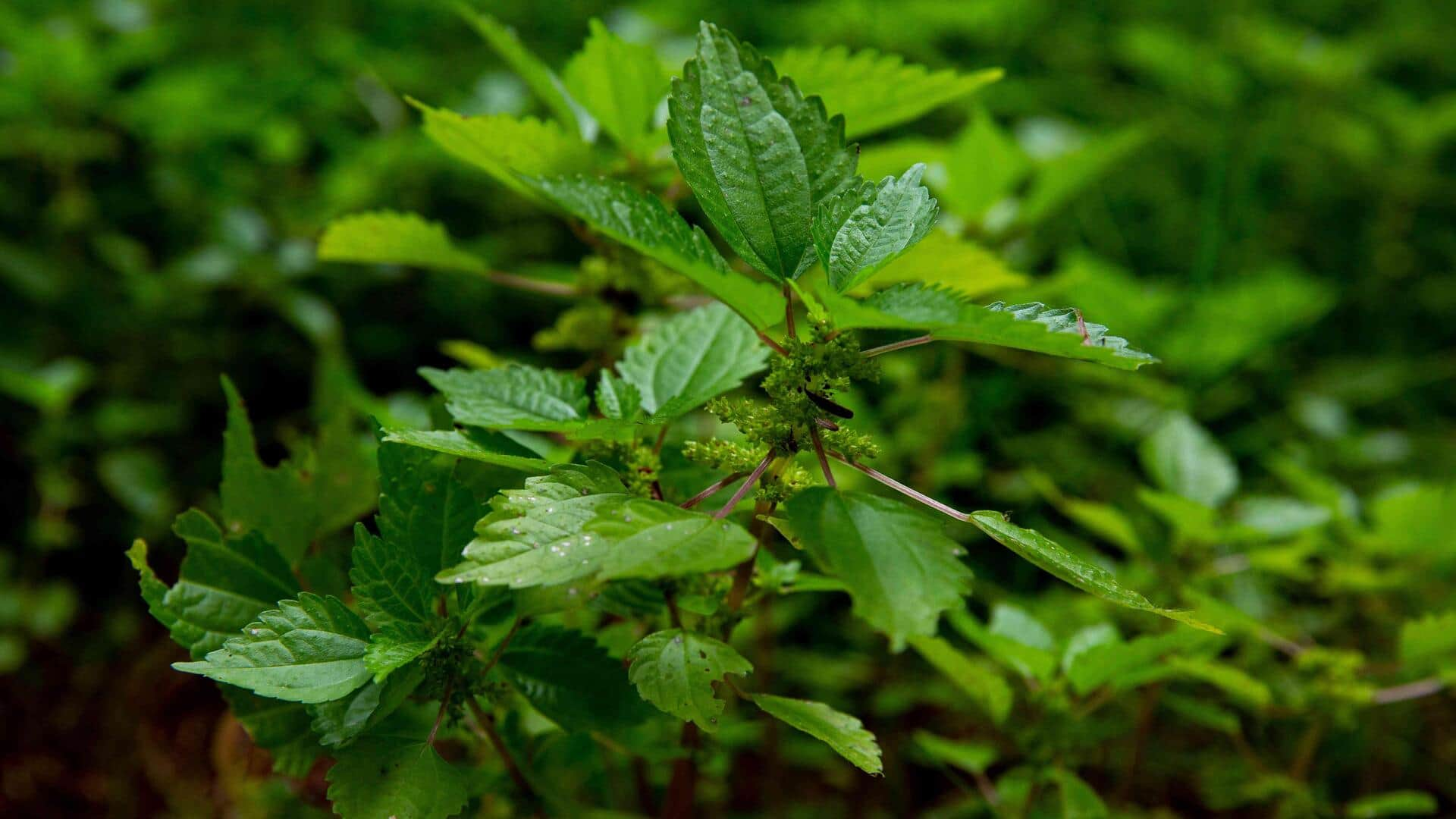Why Use Grow Lights?
Grow lights serve a crucial role in indoor gardening. They mimic the sun's rays, providing plants with the necessary light for photosynthesis. This process
is essential for plants to convert light energy into chemical energy, fueling their growth and development. Especially in environments with limited natural sunlight, like during winter or in shaded areas, grow lights become indispensable. They ensure that plants receive adequate light to flourish. Beyond boosting growth, they help to regulate plant cycles, like flowering and fruiting. This makes grow lights invaluable for both beginners and experienced gardeners who aim to cultivate healthy plants indoors year-round.
Benefits of Artificial Light
Grow lights have several advantages over natural sunlight. Firstly, they give gardeners greater control. Unlike relying on weather conditions, grow lights allow for consistent and customizable light exposure. This control is especially useful for seed starting, where precise light conditions can significantly affect germination rates and seedling health. Secondly, grow lights can extend the growing season. They enable plant cultivation throughout the year, regardless of external conditions. Thirdly, artificial lights help to optimize plant growth by providing a spectrum of light specifically designed for the photosynthetic needs of plants. They are often more efficient than natural light. These benefits establish grow lights as a fundamental tool in modern indoor gardening, making plant care a more accessible and manageable endeavor.
Types of Grow Lights
Several types of grow lights cater to various gardening needs and budgets. Fluorescent lights, including T5 and T8 models, are energy-efficient and suitable for seedlings and leafy greens. However, they may not provide sufficient light for flowering or fruiting plants. LED (Light Emitting Diode) grow lights are becoming increasingly popular due to their energy efficiency, long lifespan, and customizable light spectrums. They can be tailored to the specific needs of plants throughout their growth cycle. High-Intensity Discharge (HID) lights, such as Metal Halide (MH) and High-Pressure Sodium (HPS), are more powerful and efficient for flowering and fruiting plants but consume more energy and produce more heat, requiring careful ventilation. The best choice depends on factors like the type of plants, the size of the growing space, and the gardener's budget and energy considerations.
Choosing the Right Light
Selecting the right grow light involves understanding several key factors. Firstly, consider the type of plants you are growing. Different plants have different light requirements. Leafy greens need less intense light than flowering plants. Secondly, assess the size of your growing area to determine the coverage area needed from the light. The distance between the light and the plant is important, as the intensity decreases with distance. Thirdly, think about the light spectrum, which is the range of colors emitted. Plants use different parts of the spectrum, with blue light promoting vegetative growth and red light promoting flowering and fruiting. Many grow lights offer a full spectrum suitable for all stages. Lastly, consider the light's efficiency in terms of energy consumption and heat output. LEDs are generally more efficient and produce less heat, making them an excellent choice.
Where to Buy Lights
Grow lights are readily available through multiple channels. Online retailers offer a vast selection of grow lights, often with detailed product information, reviews, and comparisons. These platforms provide convenience and a wide range of options. Garden centers and nurseries are also valuable resources. They often stock a curated selection of grow lights, allowing for in-person inspection and expert advice from knowledgeable staff. Local hardware stores and home improvement stores often carry a selection of grow lights, particularly fluorescent and LED options. They offer the advantage of easy access and potential cost savings. The best place to buy depends on individual needs, preferences, and the level of support required, ranging from general availability to specialized expertise.










